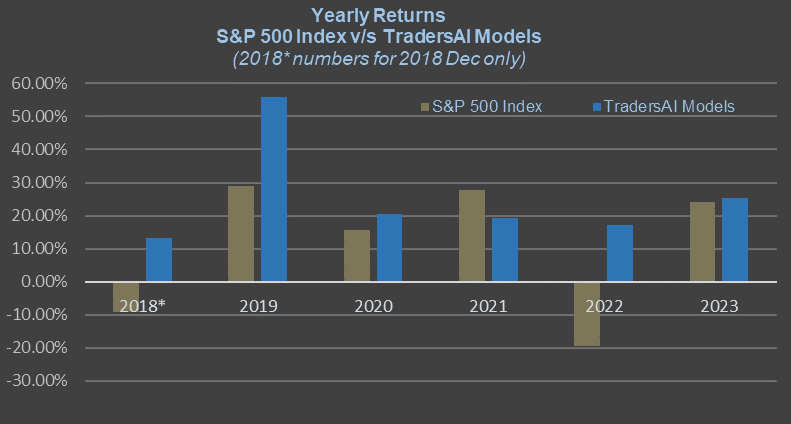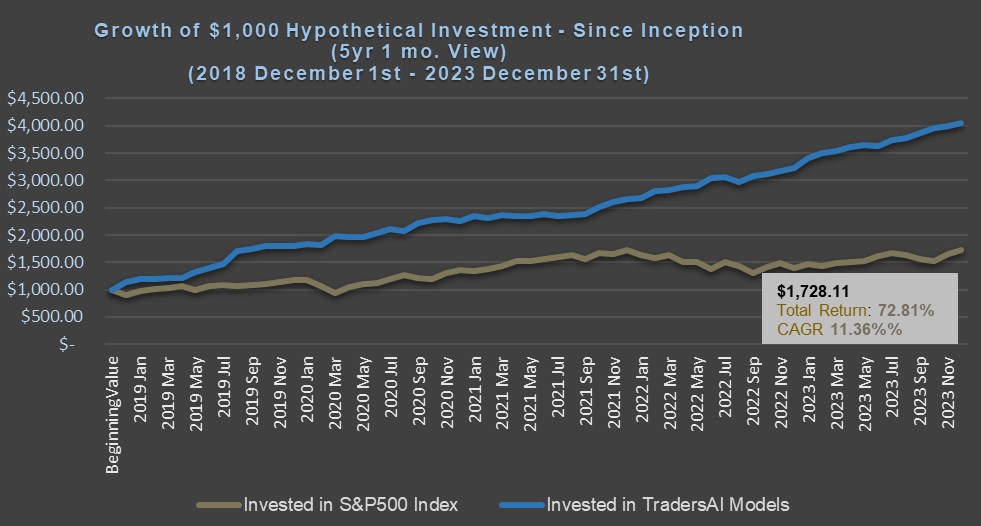Is the (short-term) Bottom In, Yet?
The markets have breached the levels from Trump’s Inaugural Day, 01/20/2017 (at 2271.31 on S&P 500 and 25516.83 on the Dow) yesterday and, as anticipated, the administration seems to be going all-in to defend those levels bringing out stimulus bazookas. We wrote yesterday morning, “In this election year, it is to be expected that the GOP and Trump will leave no stone unturned to find ways to stop the bleeding in the markets and prop it up. Expect these levels to offer some degree of support. If the Senate passes the unprecedentedly aggressive stimulus plan, expect a short term spike up”. We see it playing out as expected. How long it would last, and if investors would see it as a selling opportunity remains to be seen.
A daily close above 2510 is needed to take the downward pressure off. Our models indicate not taking long positional trades while below this level. Agile, intraday trading could be the best game IF you must trade in these markets today, especially given the imminent announcement of an aggressive stimulus package and the unknowns of coronavirus.
Read below to check out our models’ trading plans for the day.
Trading Plans for TUE, 03/24:
NOTE: The index by itself is NOT tradable. The model plans here based on the S&P index level can be used to trade any instrument that tracks the index – the futures on the index (ES, ES-mini), the options on the futures (ES options), the SPX options, the ETF SPY are just a few examples of the instruments one can adapt these plans to.
Your results of implementing the following trading plans depend upon the time frame you choose to trade in (tick-chart, 1-min, 5-min, 15-min etc), the exact stop levels you use, the quality of the execution of your broker, the funding levels and margin levels of your account, your trading style and risk tolerance, and many other such factors.
These plans are NOT an investment advice to buy or sell any specific securities but are intended to aid – as informational, educational, and research tools – in arriving at your own investment/trading decisions. Always consult a Financial Advisor before making your investment/trading decisions if you are not sophisticated about these markets.
Medium-Frequency Models: Our medium-frequency models indicate going long on a break above 2365, 2342, or 2304 with a 15-point trailing stop only at the 2365 level, and going short on a break below 2286, 2257, or 2235 with a 15-point trailing stop only at the 2235 level. Models also indicate long exits at 2375, 2358, 2317, and 2298, and short exits at 2292, 2282, 2273, 2266, 2242, and 2215. Take these signals only AFTER 9:45am.
In order to not hold a position overnight in this extreme volatility, models exit any open position at the open of the last bar (3:55pm bar or 4:00pm bar, depending on your platform’s bar timing convention).
To avoid getting whipsawed, use at least a 5-minute closing or a higher time frame – depending on your risk tolerance and trading style – to determine the signals.
Note: For the trades to trigger, the breaks should occur during the regular session hours starting at 9:30am ET. By design, these models do NOT open any new positions after 3:45pm. Only one open position at any given time.
Aggressive Intraday Models: For today, our aggressive intraday models indicate going long on a break above 2365, 2342, or 2304 with a 10-point trailing stop only at the 2365 level, and going short on a break below 2286, 2257, or 2235 with a 10-point trailing stop only at the 2235 level. Models also indicate long exits at 2375, 2358, 2317, and 2298, and short exits at 2292, 2282, 2273, 2266, 2242, and 2215. Take these signals only AFTER 9:45am.
In order to not hold a position overnight in this extreme volatility, models exit any open position at the open of the second last bar (3:58pm bar or 3:59pm bar, depending on your platform’s bar timing convention).
To avoid getting whipsawed, use at least a 1-minute closing or a higher time frame – depending on your risk tolerance and trading style – to determine the signals.
Note: For the trades to trigger, the breaks should occur during regular session hours starting at 9:30am ET. Due to the intraday nature of these aggressive models, they indicate closing any open trades at 3:58pm and remaining flat into the session close. No opening of new positions after 3:45pm. Only one open position at any given time.
NOTE: The trailing stop is activated at the entry price right when a position is opened. Remember that a “trailing stop” works differently from the traditional stop-loss order. Please bear in mind that the trailing stop’s trigger level would keep changing throughout the session (click here to read on the conceptual workings of a trailing-stop).
IMPORTANT RISK DISCLOSURES AND NOTICES – READ CAREFULLY:
(i) This article contains personal opinions of the author and is NOT representative of any organization(s) he may be affiliated with. This article is solely intended for informational and educational purposes only. It is NOT any specific advice or recommendation or solicitation to purchase or sell or cause any transaction in any specific investment instruments at any specific price levels, but it is a generic analysis of the instruments mentioned.
(ii) Do NOT make your financial investment or trading decisions based on this article; anyone doing so shall do so solely at their own risk. The author will NOT be responsible for any losses or loss of potential gains arising from any investments/trades made based on the opinions, forecasts or other information contained in this article.
(iii) Risk Warning: Investing, trading in S&P 500 Index – spot, futures, or options or in any other synthetic form – or its component stocks carries inherent risk of loss. Trading in leveraged instruments such as futures carries much higher risk of significant losses and you may lose more than you invested in them. Carefully consider your individual financial situation and investment objectives before investing in any financial instruments. If you are not a professional trader, consult a professional investment advisor before making your investment decisions.
(iv) Past performance: This article may contain references to past performance of hypothetical trades or past forecasts, which should NOT be taken as any representation or promise or guarantee of potential future profits. Past performance is not indicative of future performance.
(v) The author makes no representations whatsoever and assumes no responsibility as to the suitability, accuracy, completeness or validity of the information or the forecasts provided.
(vi) All opinions expressed herein are subject to change at any time, without any notice to anyone.





